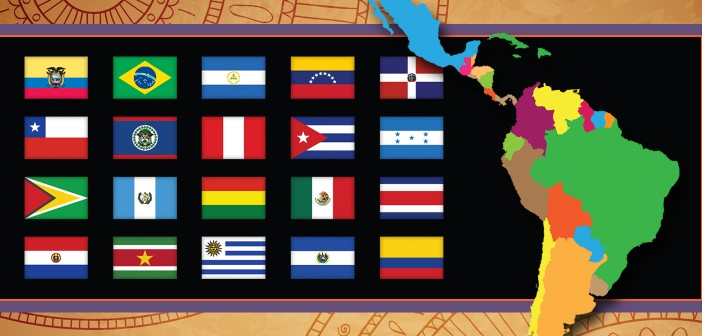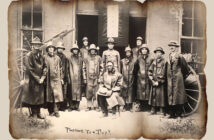Celebrated September 15 to October 15, the observation started in 1968 under President Lyndon Johnson as Hispanic Heritage Week. In 1988, President Ronald Reagan expanded on that to cover a 30-day period, and it was enacted into law in August 1988.
The day of September 15 is significant, because it marks the anniversary of independence for Latin American countries: Costa Rica, El Salvador, Guatemala, Honduras and Nicaragua. In addition, Mexico celebrates its independence on September 16 and Chile celebrates on September 18. Columbus Day, or Día de la Raza, on October 12, also falls within this 30 day period.
Defined by the U.S. Census Bureau, the term Hispanic refers to Spanish-speaking people in the United States of any race. On the 2010 Census form, people of Spanish/Hispanic/Latino origin could identify themselves as Mexican, Puerto Rican, Cuban, or “other Spanish/Hispanic/Latino.” More than 50.5 million people identified themselves as Hispanic or Latino on the 2010 census.
Celebrate the generations of Hispanic Americans who have positively influenced and enriched our nation and society. Read a poem by Juan Felipe Herrera, admire a painting by Frida Khalo, or discover what Supreme Court Justice Sonia Sotomayor has to say about important issues in our society. Whatever you do, try to celebrate this rich heritage throughout all months of the year, not just during its official recognition.
Sources: HispanicHeritageMonth.gov, National Endowment for the Humanities.








